Introduction to Houtou
Houtou is a traditional Japanese noodle soup made mainly in Yamanashi Prefecture. Basically, it is a kind of dish served hotly by boiling thick and short noodles with pumpkin and other vegetables in miso. However, some locals do not consider this an udon dish. Why? I will guide you to the answer to it as we go through this article.
Etymology
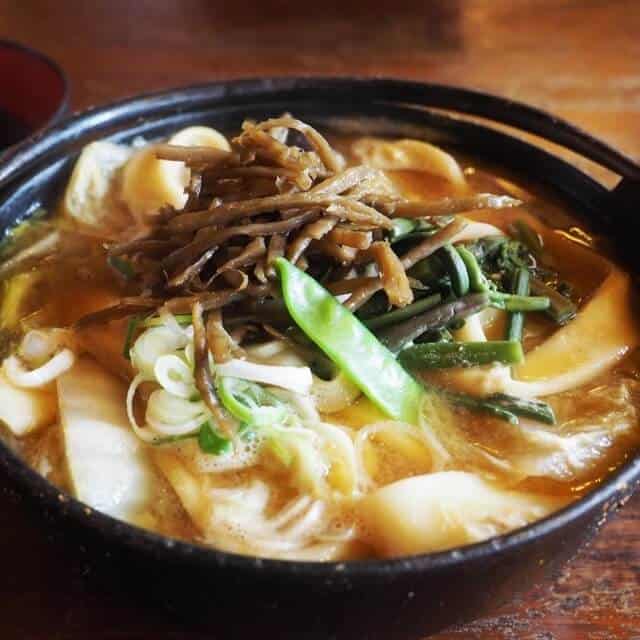
There is also theories about the Japanese meaning of “houtou”. The name houtou is commonly thought to be a euphony of hakutaku (餺飥); the name for udon flour after it has been kneaded and cut. The popular acceptance of hōtō as a cuisine found exclusively in the Yamanashi area voids theories stating that the word was imported from overseas. However, from a historical viewpoint, the word hataku first appears in documents around 1484 in the Muromachi period, while hōtō (ほうとう) or hautau can be found much earlier in writings such as The Pillow Book.
What is Houtou?
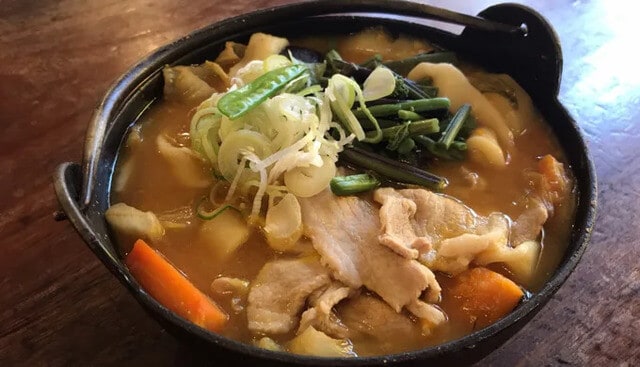
Houtou is a noodle soup and popular regional dish originating from Yamanashi, Japan made by boiling flat udon noodles, pumpkin, and other vegetables in miso soup. Though houtou is commonly recognized as a variant of udon, locals do not consider it to be an udon dish because the preparation of the dough is in the style of dumplings rather than noodles. In some areas, they used grains other than flour or small lumps. Then, they seasoned it with red beans or soy sauce instead of miso, and they cool down and served the noodles in a strainer.
In 2007, the Ministry of Agriculture, Forestry, and Fisheries selected it as one of the 100 local dishes selected from among the local flavors of agriculture, forestry, and fisheries. In Yamanashi, there used to be a culture in which “you can’t get married unless you sell a houtou.”
History of Houtou
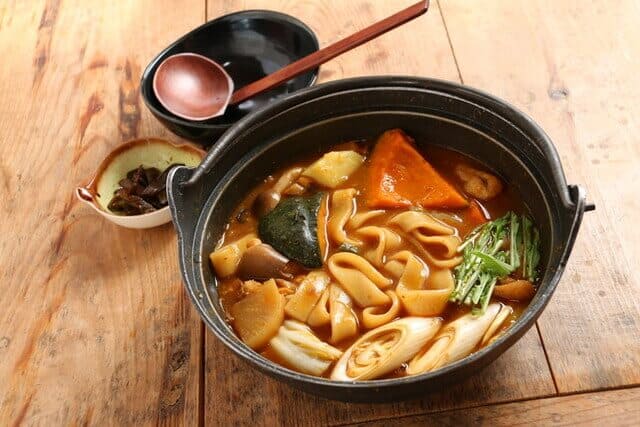
Due to limitations in local rice harvests, Yamanashi prefecture introduced wheat planting and bread culture. Sericulture had converted rice-growing fields into silk farms, and flour products like houtou were developed to address food shortages caused by this shift in agriculture. This transformation may have started in Yamanashi’s Gunnai area, where freezing temperatures and vast volumes of volcanic material entrenched in the soil made rice-growing hard to begin.
Another popular theory is that local warlord Takeda Shingen created houtou. After World War II, the recovery of industry and trade made tourism the prefecture’s most profitable business, and Takeda Shingen’s image was usually utilized to advertise the area’s regional products. Locals promoted houtou as a tourist delicacy by claiming that Takeda Shingen and his troops before each battle eat this for supper.
Houtou Recipe
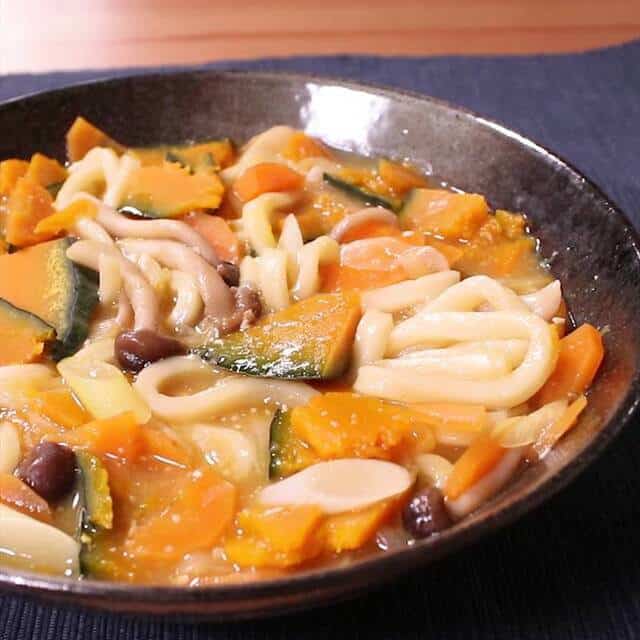
Houtou Ingredients
| The Houtou Ingredients for 4 people | |
| Pork belly (thin sliced meat) | 200g |
| pumpkin | 150g |
| carrot | 60g |
| Shimeji mushroom | 200g |
| Taro | 500g |
| Leek | 180g |
| Fried tofu | 200g |
| Miso | 80g |
| Dashi soup | 1,400g |
| flour | 300g |
| Water (warm water) | 200g |
| salt | 2g |
| Pepper | 1g |
| Liquor | 10g |
How to make Houtou?
Put a little salt in a bowl, add flour and 1 cup of water, knead well, cover with a wet cloth, and let sit for 30 minutes.
Dust the flour and use a rolling pin to spread the flour. Then, cut it into slightly wide pieces to make noodles.
Cut the pork into 8 cm wide pieces. For the pumpkin, take seeds and cotton with a spoon and cut them into bite-sized pieces. Then, cut carrots into thin slices. Next, take the shimeji mushrooms and loosen them by hand. After that, cut the green onions diagonally and fry tofu into small pieces. Peel the taro, sprinkle it with salt, remove the slime, wash it with water, and cut it into 1 cm wide pieces.
Put the soup stock in a pan and bring it to a boil. Add pork, carrots, pumpkin, shimeji mushrooms, shimeji mushrooms, and fried tofu, and simmer until cooked.
Melt the miso, add soy sauce and sake to taste then put the raw noodles in a pot. And add the green onions and simmer, and you’re done.
Other Houtou Dish
Azuki Bean Houtou
This is a Houtou noodle topped with moderately sticky red bean paste. In Yamanashi, it is also called “Konaboto.” It can also be thought that hot noodles are added instead of rice cakes or white jade in soup powder. Like red bean porridge on the fifteenth day of the lunar calendar, it is considered a healthy food on the day of the festival and locals eat this at festivals in some areas.
Difference between Udon, Kishimen, and Houtou

The difference between Houtou from Udon and Kishimen is that it does not necessarily have a noodle shape. The biggest difference between “hoto” and the other two is that no salt is in the dough during cooking. In the process of making the dough, if they do not add salt, the strain will decrease when the food is ready, such as udon or kishimen. The biggest attraction is that when locals boiled the “hoto” dough in miso soup, the starch dissolves from the dough, giving it a thickening and unique flavor. Unlike udon and kishimen, “hoto” creates a sense of unity in the soup with other ingredients such as pumpkin and taro, as the dough dissolves in the soup.
What are the nutrition benefits of Houtou?

When it gets cold, you want to eat warm food. After all, it is a hot pot in such a season. It warms your body and you can easily eat a lot of ingredients. Pumpkin is the best thing to say when it is houtou. It is rich in vitamins and minerals. Locals boiled the noodles together, so you can also eat the sugar which is essential for the dish. Vitamin B1 in pork and soy products helps metabolize it, so it can use energy more efficiently. The soup stock mainly uses kelp, which contains glutamic acid that improves digestion and absorption and improves gastrointestinal movement.
Recommended Houtou Restaurants
Chiyoda
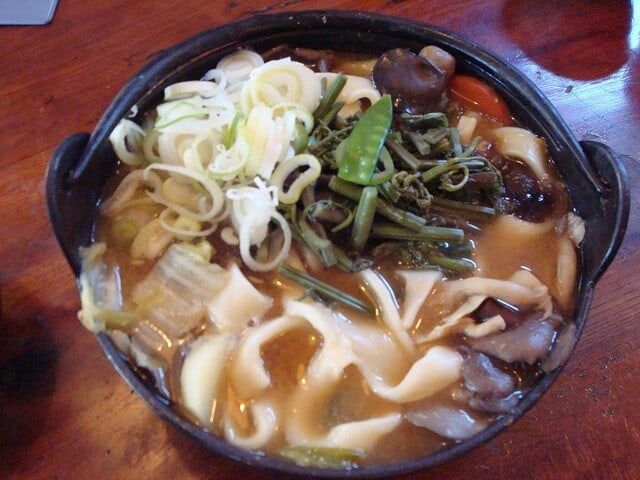
A long-established specialty “Hoto” founded in 1941 has retained the atmosphere of the Showa era. It has a calm atmosphere and both locals and business people loved this. The store is also famous as the origin of “Ozara”. Ozara is a type of boiled hoto noodles chilled in cold water and then boiled in a warm soy sauce flavor.
Minaki

A popular hoto specialty store where you can line up in an old folk house over 130 years old. The shop is particular about homemade miso and homemade soup stock, and the fragrant and rich miso aged for about 10 months using Akebono soybeans from Minobu Town. There are five types of hoto menu, vegetables, mushrooms, chicken, pork, and special products, all of which have an elegant and gentle taste.
Tengachaya
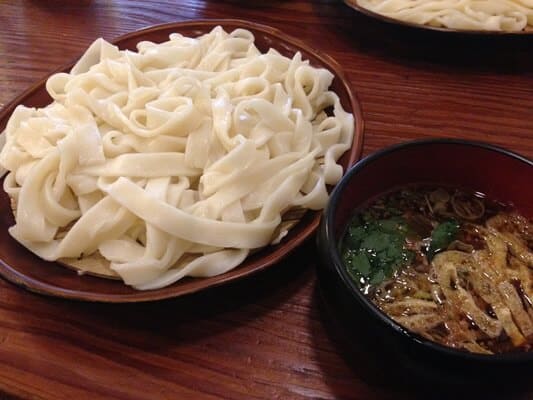
A houtou shop founded in 1934 on the Misaka Pass at an altitude of 1300 meters. You can get a panoramic view of Mt. Fuji and Lake Kawaguchi, and in the past, literary figures such as Osamu Dazai and Masuji Ibuse also stayed there. There are two types of houtou menu, “houtou hot pot” and “mushroom hot pot”.
Houtou Fudou

In Fudo Houtou, there is only one type of houtou menu. They have homemade chewy noodles with pumpkin and edible wild plants, and you will be relieved to have a simple and homely taste. The atmosphere of each store is different, the main store has an old folk house style, and the Higashi Koiji store has a fashionable design that imagines the clouds over Mt. Fuji.
Conclusion
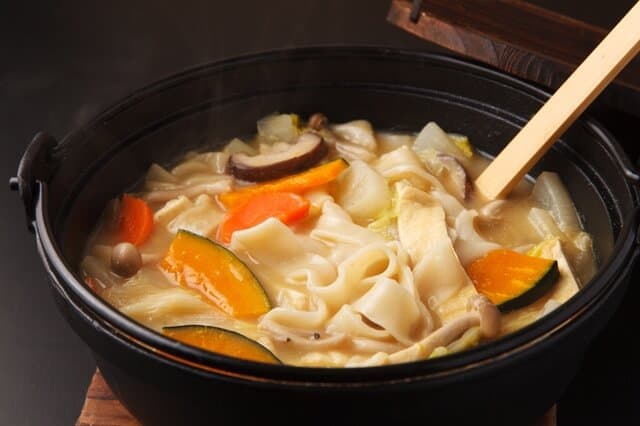
Many noodles from each noodle manufacturing firm, as well as soup noodles whose taste can be determined simply by adding them, are lined up at supermarkets in Yamanashi prefecture for individuals who prepare at home. Houtou is a cuisine that provides a lot of nourishment, which is especially important in the winter. On chilly days, you can have Yoshida udon or eat houtou that both are a specialty from Yamanashi prefecture. It is to create a physique that can tolerate a cold. This recipe becomes a nutritious and vegetarian-friendly traditional Japanese supper by adding your favorite fresh veggies.
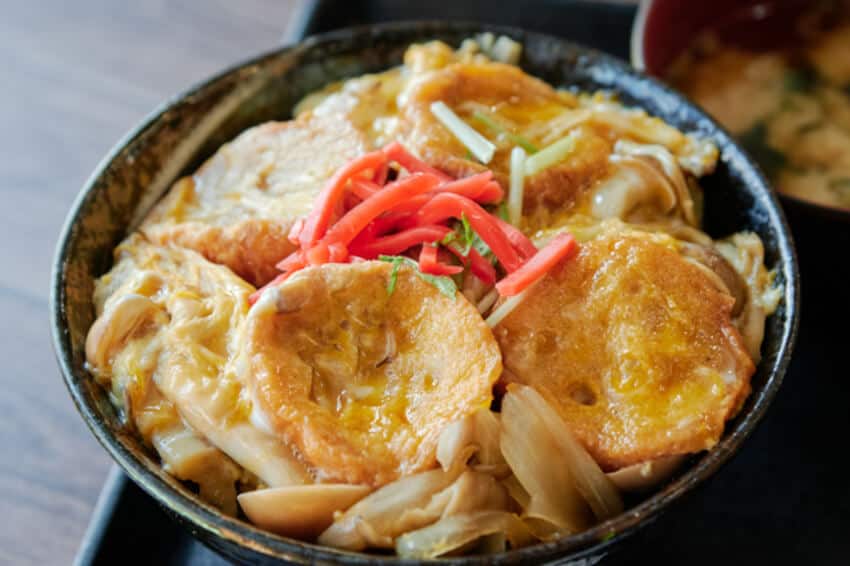
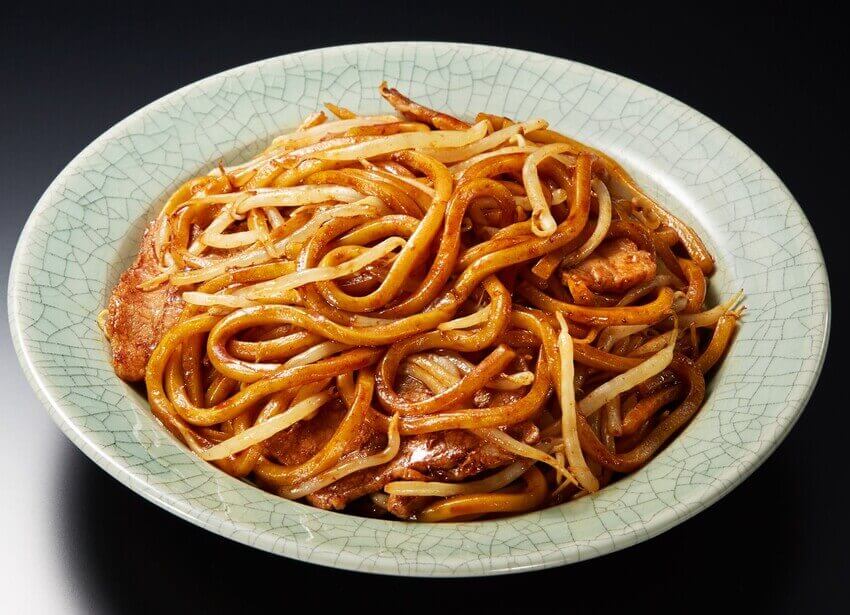




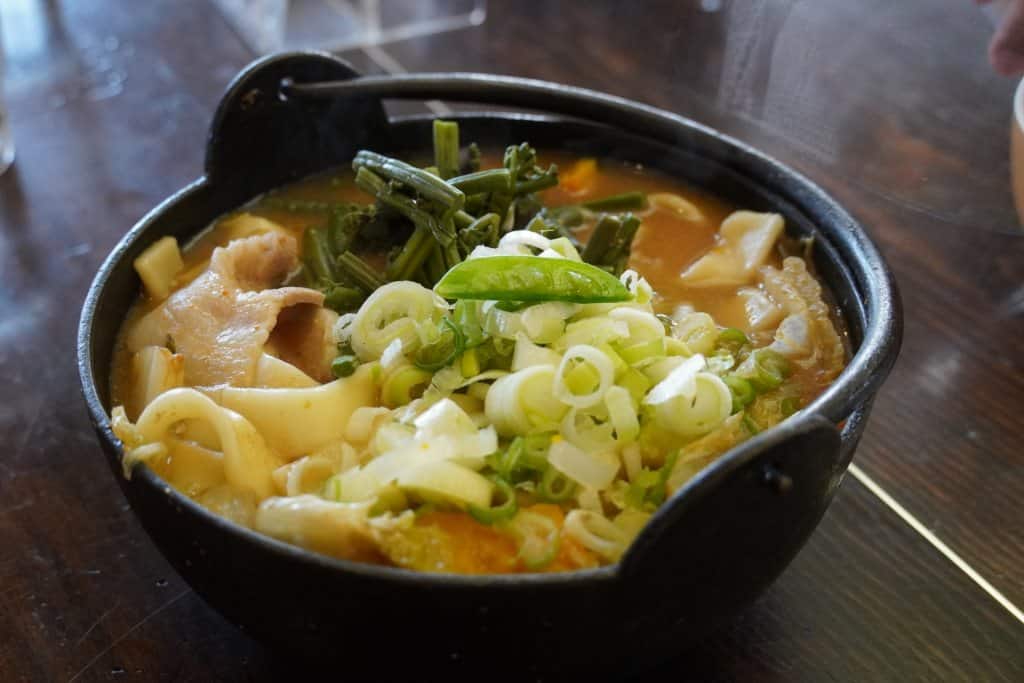
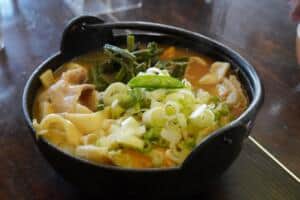
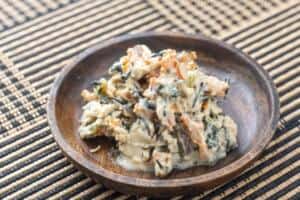
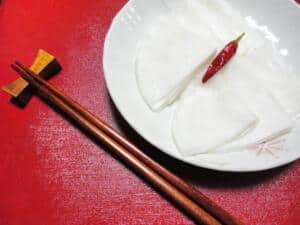
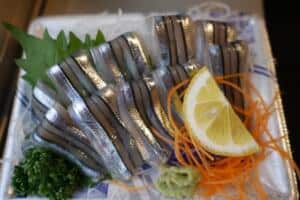
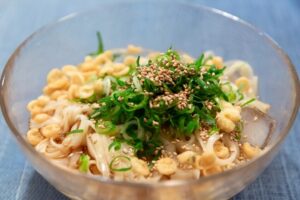
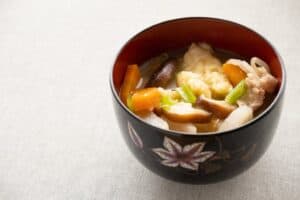
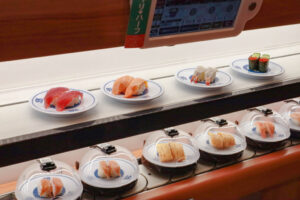
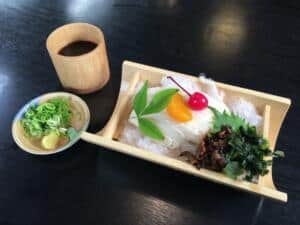
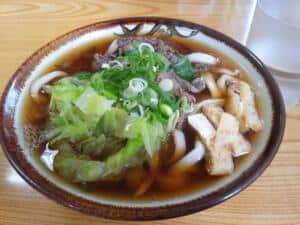
Comments